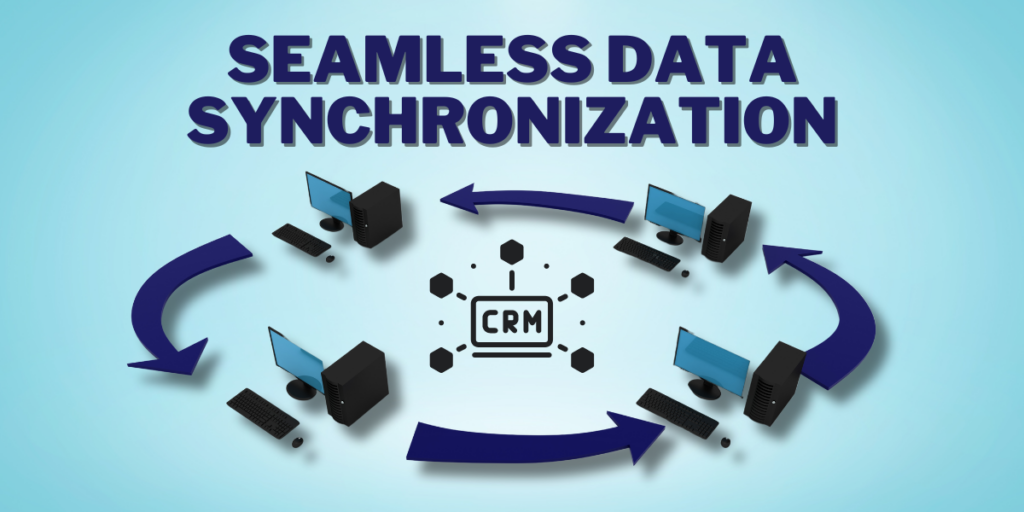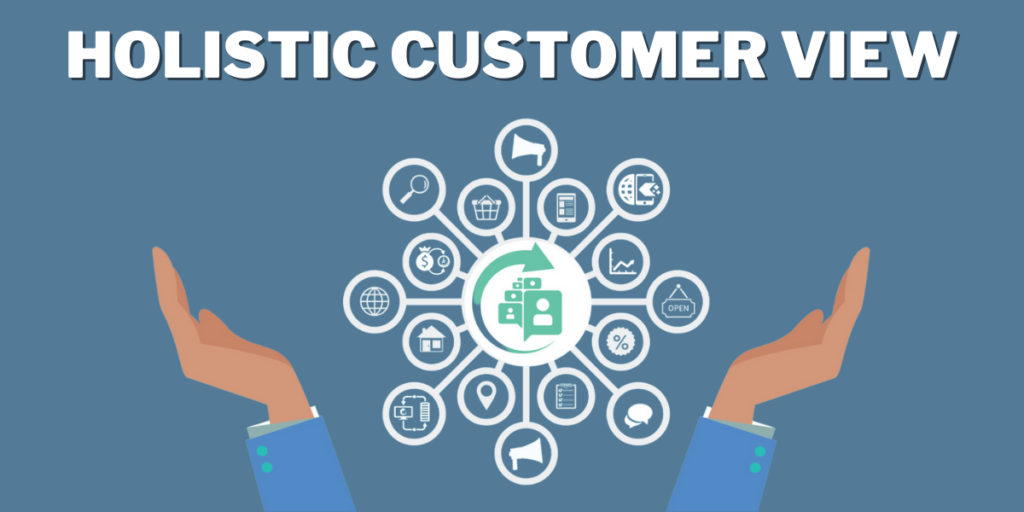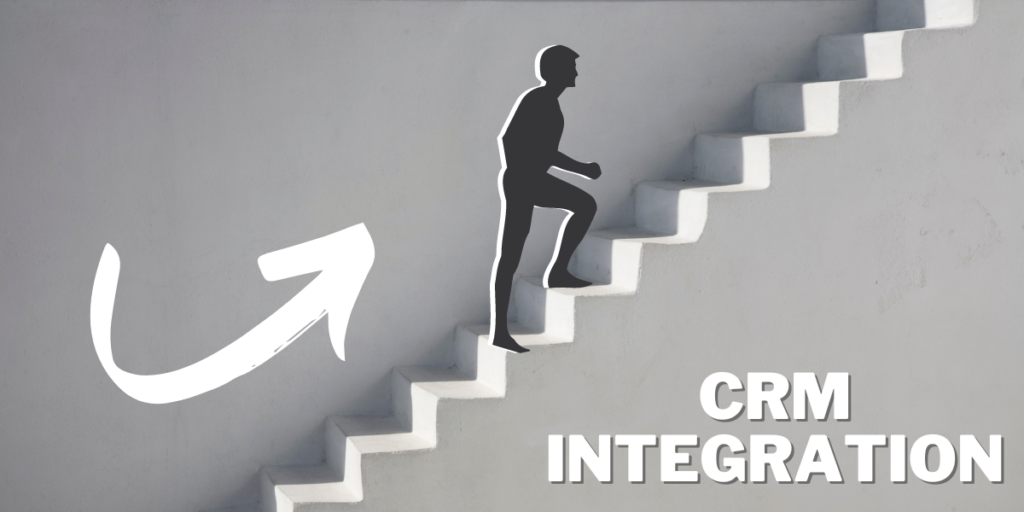- Define Objectives: Identify the specific goals and needs driving your CRM integration project.
- Scope Integration: Determine which systems and applications will be integrated and the level of integration required.
- Select Tools: Choose integration tools and platforms that align with your requirements and offer scalability and security.
- Map Data and Processes: Analyze data structures and workflows to identify integration requirements and define data mappings and transformations.
- Develop Architecture: Design an integration architecture outlining technical infrastructure, protocols, and communication channels.
- Implement Integration: Configure integration endpoints, mappings, and workflows, and develop custom connectors as needed.
- Monitor and Maintain: Establish monitoring processes to ensure ongoing data synchronization and address issues promptly.
- Provide Training and Support: Offer user training and ongoing support to ensure stakeholders can effectively use the integrated CRM system.
By following the outlined steps, organizations can seamlessly connect their CRM systems with other essential applications, enabling them to centralize customer data, streamline processes, and improve collaboration across departments. With careful planning, implementation, and ongoing monitoring, CRM integration can empower businesses to deliver exceptional customer experiences, drive revenue growth, and stay competitive in today’s dynamic marketplace.













